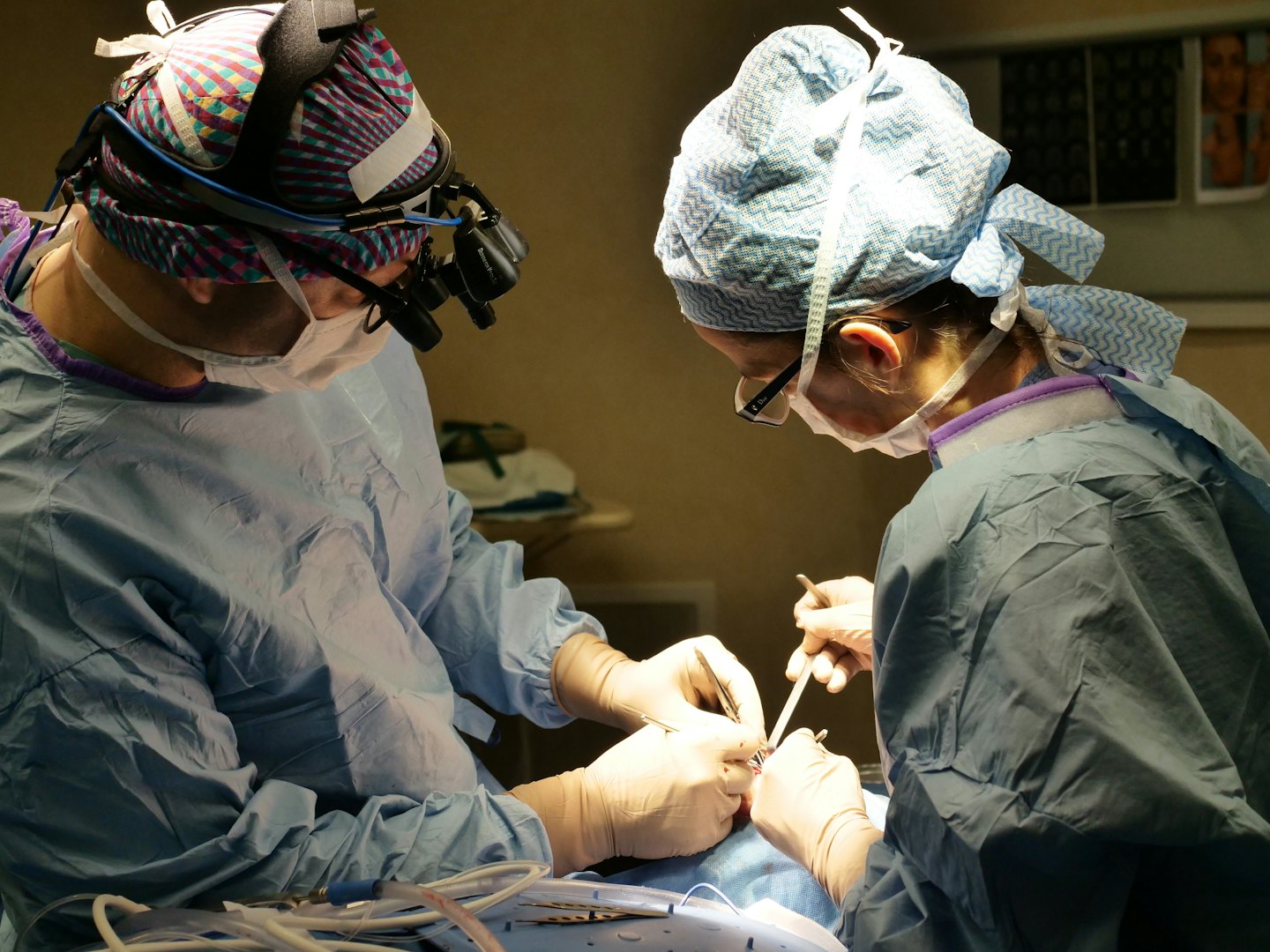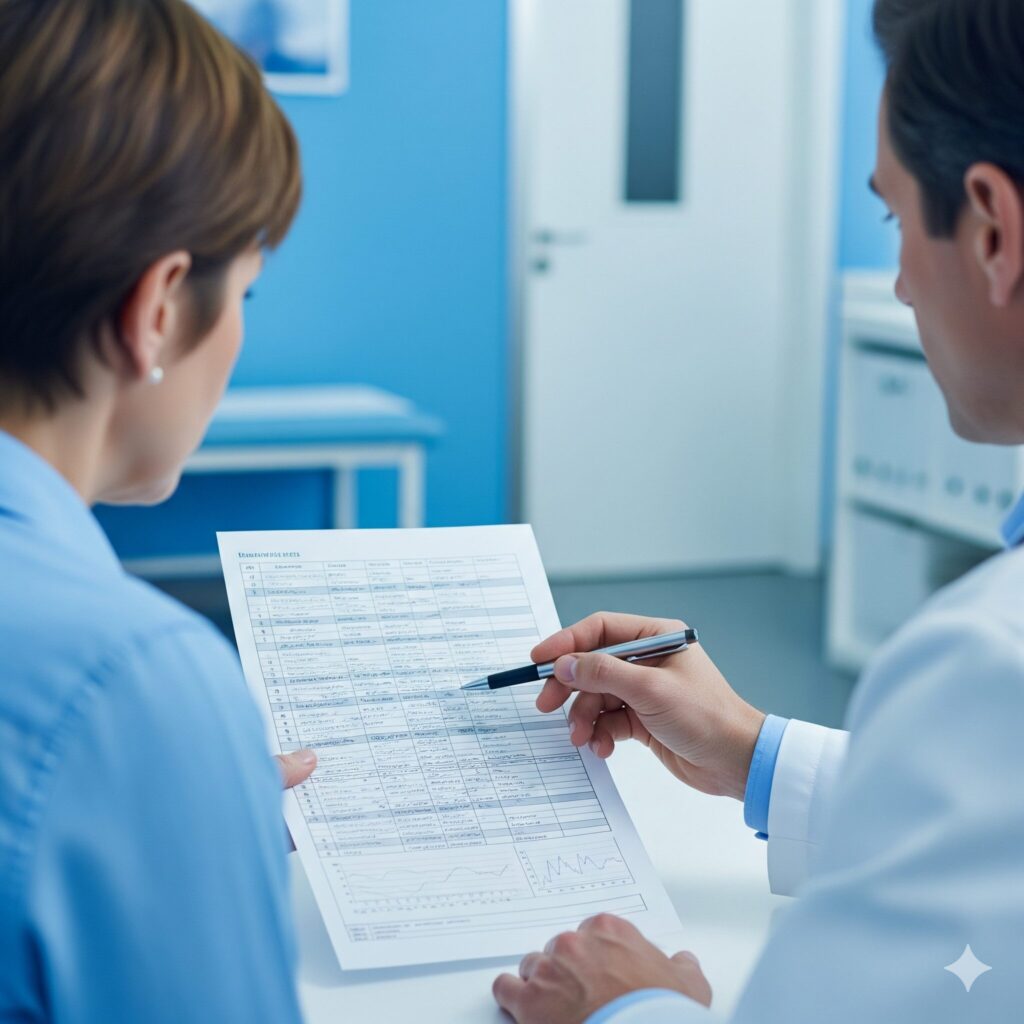Testicular Torsion Evaluation at Southland Urology
Testicular torsion is typically a medical emergency that occurs when a testicle twists on its spermatic cord, cutting off blood supply. This condition causes sudden, severe pain and swelling in the scrotum and requires immediate medical attention to save the testicle. If treated quickly, the testicle can often be saved, but if blood flow is cut off for too long, it can lead to permanent damage and the need for surgical removal. A more chronic, intermittent form occurs rarely.

Advanced Treatments
Our expert surgeons are experienced in the surgical management of testicular torsion.

Personalized Plans
We tailor your care to your unique diagnosis for optimal health and recovery.

Comprehensive Diagnostics
Accurate testing and evaluation.
Understanding Testicular Torsion
Learn about our tailored approach to diagnosing and treating testicular torsion with compassionate support every step of the way.
Initial Consultation and Diagnosis
Meet with our board-certified urologists to assess your condition through thorough exams and advanced diagnostic tests.
Personalized Treatment Planning
Work closely with our specialists to develop a treatment strategy that fits your specific issue and goals.
Ongoing Care and Support
Receive expert follow-up care, monitoring, and support to ensure the best possible outcomes throughout your recovery.
Understanding Testicular Torsion
What is Testicular Torsion?
Testicular torsion is a time-sensitive urological condition in which the spermatic cord, which contains blood vessels, nerves, and the vas deferens, twists around the testicle. This twisting action cuts off the blood supply to the testicle. This is a medical emergency because if the blood supply is not restored within a few hours, the lack of oxygen can cause permanent damage to the testicular tissue, potentially leading to the loss of the testicle. While it can occur at any age, it is most common in boys between the ages of 12 and 18.
Causes and Risk Factors
Testicular torsion is often caused by a congenital defect called a “bell clapper” deformity, in which the testicle is not properly secured within the scrotum, allowing it to move and twist freely. This condition is more common in adolescents, but it can also occur in newborns or adult men. Risk factors include a history of undescended testicles, a family history of testicular torsion, or a previous injury to the scrotum. While testicular torsion can occur during exercise or sleep, it often happens without any clear cause.
Symptoms
The hallmark symptom of testicular torsion is sudden, severe pain in one testicle. The pain may be constant or come and go, but it is typically so intense that it awakens a person from sleep. Other common symptoms include swelling of the scrotum, a testicle that appears higher than normal or at an unusual angle, and abdominal pain. Nausea and vomiting are also frequent symptoms. Because of the severity and sudden onset of symptoms, it is important to seek immediate medical care if you or someone you know experiences this condition.
Diagnosis
Diagnosing testicular torsion is a time-sensitive matter, and a doctor will make a preliminary diagnosis based on the patient’s symptoms and a physical examination. The doctor will check for swelling, tenderness, and a testicle that is in an unusual position. The definitive diagnostic tool is a Doppler ultrasound, which can measure blood flow to the testicle. A lack of blood flow is a strong indicator of testicular torsion. Because of the urgency, a doctor may even decide to proceed directly to surgery without an ultrasound if the clinical signs are strong enough.
Surgical Management: The Primary Treatment
Surgical intervention is the primary and most effective treatment for testicular torsion. The procedure is called a scrotal exploration and is performed as an emergency surgery. The surgeon makes a small incision in the scrotum and untwists the spermatic cord to restore blood flow to the testicle. If the testicle is viable (meaning it has not sustained permanent damage), the surgeon will then fix it to the wall of the scrotum with a few stitches, a procedure called an orchiopexy, to prevent future twisting. The other testicle is also typically secured to the scrotal wall to prevent torsion on that side as well.
Potential Non-Surgical Treatment (Manual Detorsion)
In some rare cases, a doctor may attempt a non-surgical procedure called manual detorsion to temporarily untwist the testicle in the emergency room. This is a very painful procedure and is only attempted when surgical intervention is not immediately possible. Manual detorsion is not a permanent solution, and surgery will still be required to permanently fix the testicle in place and prevent future torsion.
Intermittent Torsion
Intermittent testicular torsion, also known as “torsion-detorsion,” is a condition where a testicle twists and then spontaneously untwists. This can cause episodes of sudden, severe pain that resolve on their own, often leaving a dull ache. While the pain may subside, the underlying anatomical issue (the “bell clapper” deformity) remains, putting the man at high risk for a future, more serious episode of torsion that may not resolve on its own. It’s a medical condition that needs to be evaluated and treated by a urologist, as it’s a precursor to a medical emergency.
Prognosis and Recovery
The prognosis for testicular torsion is directly related to the length of time the testicle has been without blood flow. If treated within six hours, the success rate for saving the testicle is very high. After 24 hours, the chances of saving the testicle drop significantly. If the testicle cannot be saved, it will be surgically removed in a procedure called an orchiectomy. Recovery from surgery is generally quick, with most patients returning to normal activities within a few weeks. Regular follow-up with a urologist is essential to monitor recovery and ensure proper healing.

Schedule Your Consultation Today
Take the first step toward personalized testicular torsion evaluation with our expert team.
